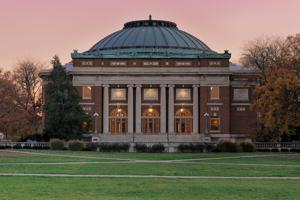Research specialist outlines strategies for attracting, retaining millennials in rural Illinois communities

(The Center Square) – As many of the youngest and brightest people continue to leave the state, a community development research specialist at the University of Illinois Extension said there are ways to reverse the trend.
In 2018, 86 of Illinois’ 102 counties experienced population decline, and according to preliminary Census figures for 2020, it appears nearly all of Illinois’ 102 counties lost population.
Pam Schallhorn has spent the past six years studying what prompts people, especially young adults between the ages of 20 and 40, to return or remain in rural communities. She feels it does not have to be a foregone conclusion that young adults leave their small Illinois towns for greener pastures.
“Developing a strategic plan to address outmigration and attract young adults back into rural communities could have a major impact on a community’s future,” Schallhorn said.
Schallhorn believes the pandemic may be changing migration patterns, especially in younger adults able to work remotely, creating an opportunity for rural communities.
States now will compete to attract individual talent rather than trying to get companies to relocate there,” Schallhorn said. “I think remote workers are going to have the opportunity to live just about anywhere they want.”
One obstacle for some of the smaller towns in Illinois in attracting young adults may be little or unreliable broadband. According to the Benton Institute for Broadband, 7% of Illinoisans live in areas where, by one definition, there is no broadband infrastructure that provides minimally acceptable speeds.
Schallhorn said it is important to involve young adults in community and event planning and local government.
“We need to make sure in what we are building is what they want, and if you want to find out what a millennial wants just ask them, just make sure they are on that committee,” Schallhorn said.
She said this includes improvements to a community’s downtown area.
“They want that vibrant downtown, even if it is small, they realize they are in a rural community,” Schallhorn said. “They are not going to have higher expectations, they just want some of the things they had when they were in a larger city.”
Disclaimer: This content is distributed by The Center Square
